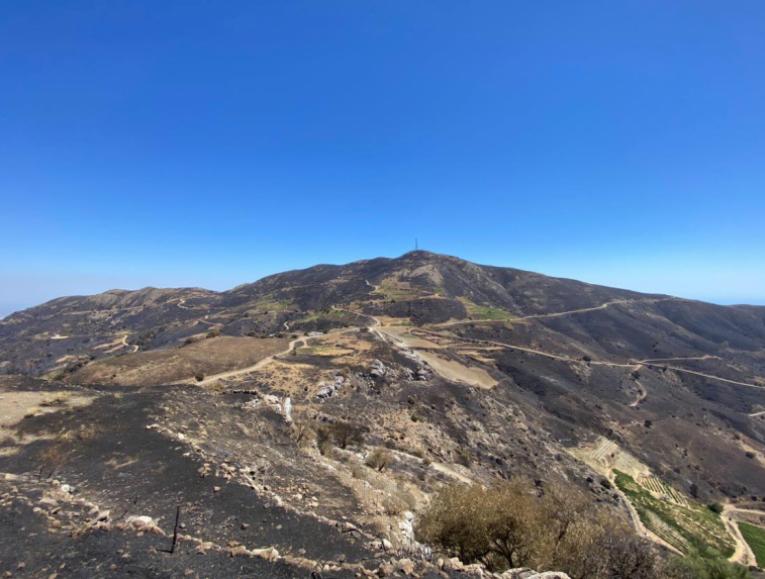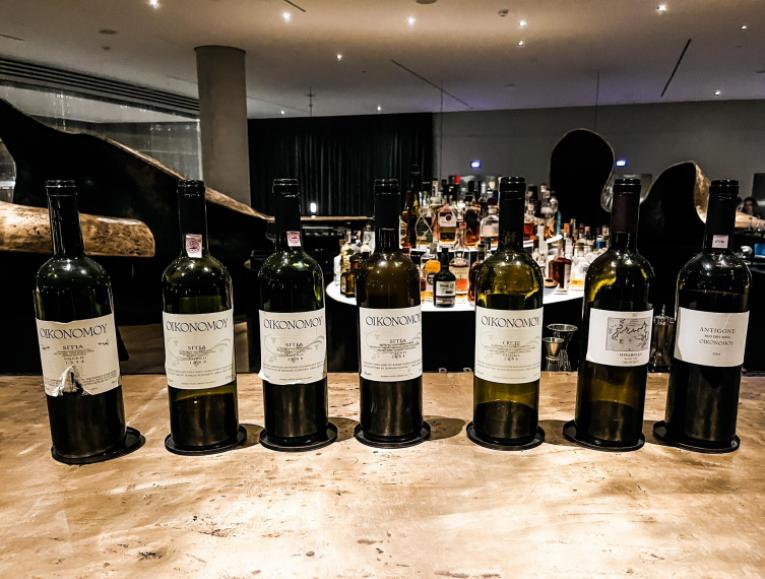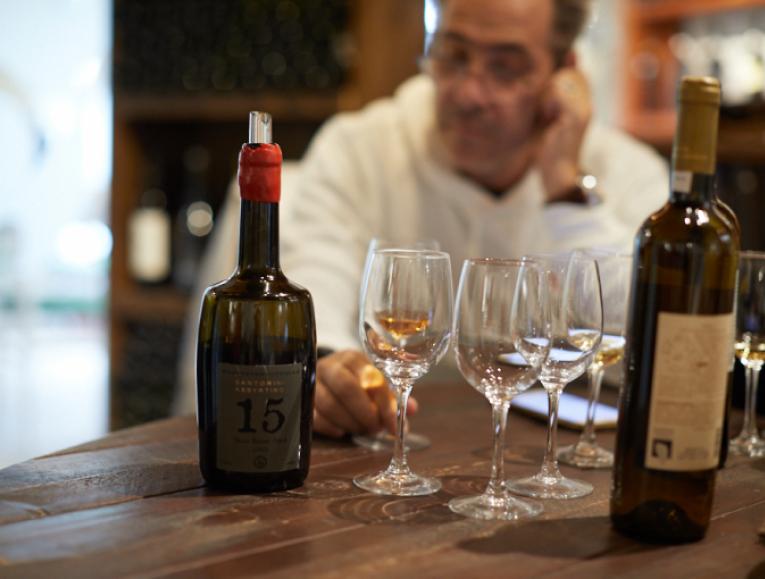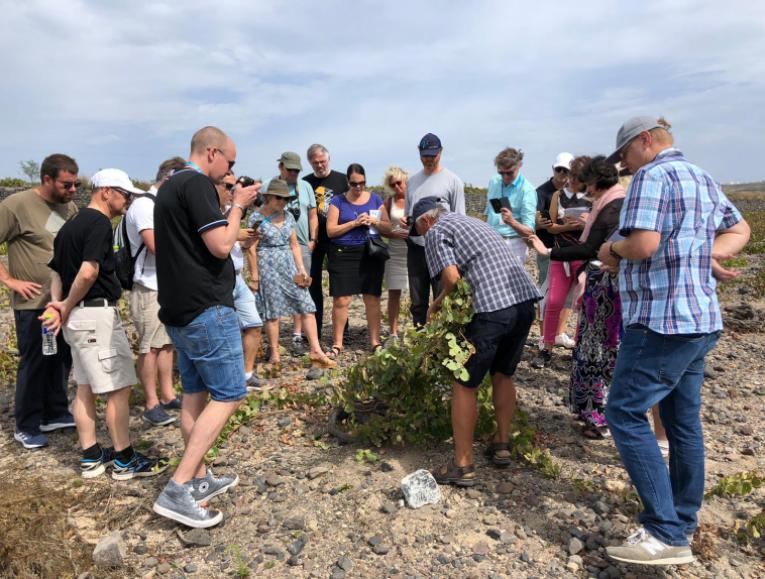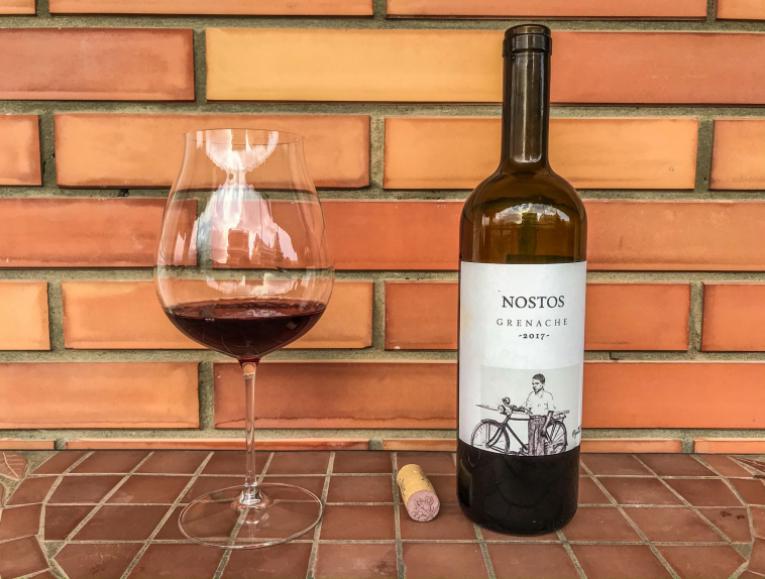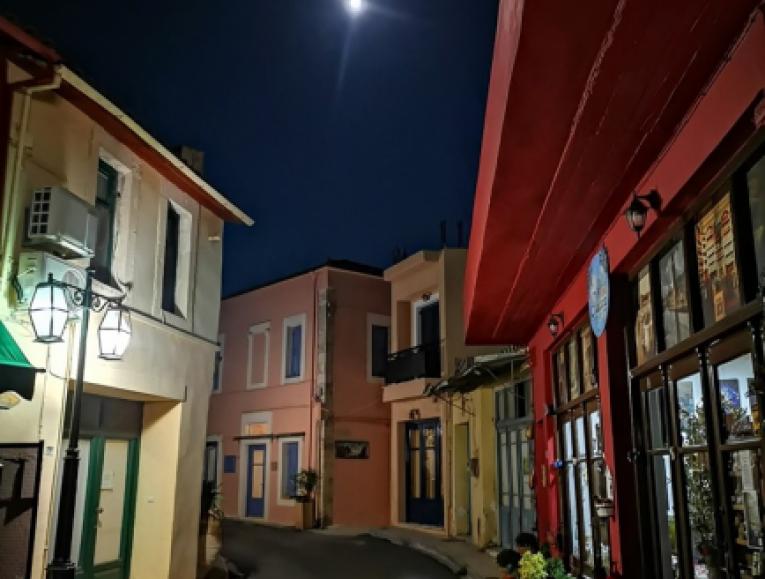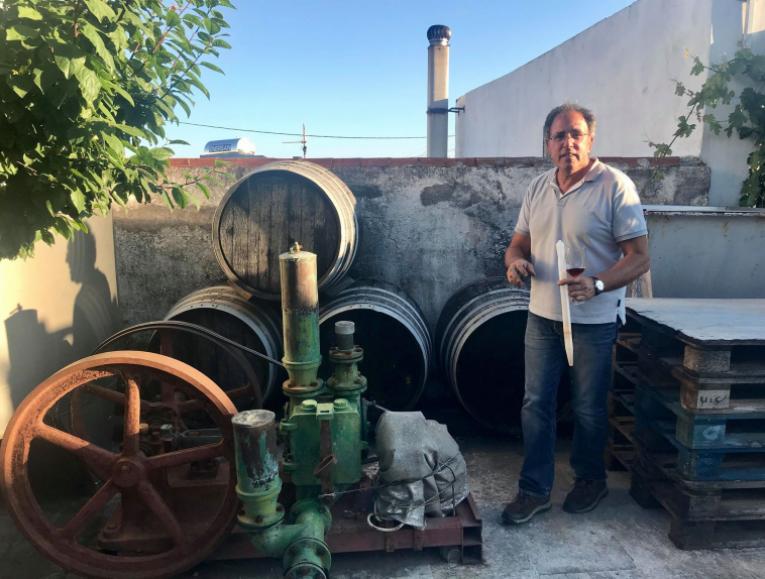Crete
Crete has only really emerged as a top quality producer in the last two decades bringing a breeze of fresh air in the Greek wine scene. Long forgotten autochthonous grape varieties and privileged mountainous terroirs combined with a long-standing wine heritage are now being exploited to the maximum.
Crete’s impressive wine history goes back thousands of years. There are indications that wine was part of everyday life in the Minoan culture. Archaeological excavations in a Minoan villa in Vathypetro, Irakleio, have brought to light the most ancient carved wine press known, dated to 1.500 BC. Nowadays more or less 60 quality-focused wineries run their businesses from east to west and north to south, producing more than a tenth of the country’s total domestic output.
Crete’s landscape varies dramatically from north to south as well from east to west with west and central parts of the island having more rainfall and lower temperatures but elevation plays a crucial role in these characteristics. The island highlights a big diversity of indigenous grape varieties that where recently rescued from the actions of local vintners. Vidiano a fleshy grape with a velvety, oily texture and an unmistakable floral and stonefruits character has attracted the most attention with oak aged examples gaining fans in the wine industry as well. Along Vidiano other varieties have emerged such as Vilana which covers a fifth of the total vineyard surface, Muscat of Spina from west of Crete , Malvasia di Candia, and the rare Thrapsathiri, Plyto and Dafni are producing high quality wines but limited bottlings of the last three are not a reliable indication to understand the potential of these varieties.
Reds don’t lag behind in terms of excitement. As for the red grapes the pale coloured Liatiko is mainly planted in east of Crete. Its phenomenal pure and elegant dry bottlings and sweet versions produced from sundried grapes being some of most interesting wines of the island. Kotsifali and Mandilari are the most planted red varieties with the first producing soft red wines with pure fruit character and smooth velvety tannins; Mandilari gives big bold age worthy and earthy wines high in tannins and pigments. At last a different red variety is Romeiko; originated and produced from the west of the island (Kissamos region) traditionally producing oxidatively aged dry wines sometimes fortified with top examples reminding of Oloroso Sherry. Out of the international varieties, those adapted with miraculous results are mainly the Rhone varieties Syrah (often blended with Kotsifali) , Grenache, Mourvèdre and Roussanne. All these synthesize a diverse mosaic of indigenous grapes and microclimates with distinctive aromas and flavors.
